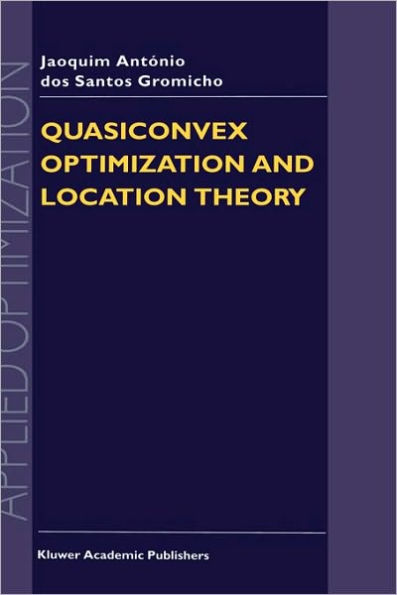5
1
9780792346944


Quasiconvex Optimization and Location Theory / Edition 1 available in Hardcover

Quasiconvex Optimization and Location Theory / Edition 1
- ISBN-10:
- 0792346947
- ISBN-13:
- 9780792346944
- Pub. Date:
- 01/31/1998
- Publisher:
- Springer US
- ISBN-10:
- 0792346947
- ISBN-13:
- 9780792346944
- Pub. Date:
- 01/31/1998
- Publisher:
- Springer US
109.99
In Stock

Product Details
| ISBN-13: | 9780792346944 |
|---|---|
| Publisher: | Springer US |
| Publication date: | 01/31/1998 |
| Series: | Applied Optimization , #9 |
| Edition description: | 1998 |
| Pages: | 219 |
| Product dimensions: | 6.10(w) x 9.25(h) x 0.02(d) |
From the B&N Reads Blog
